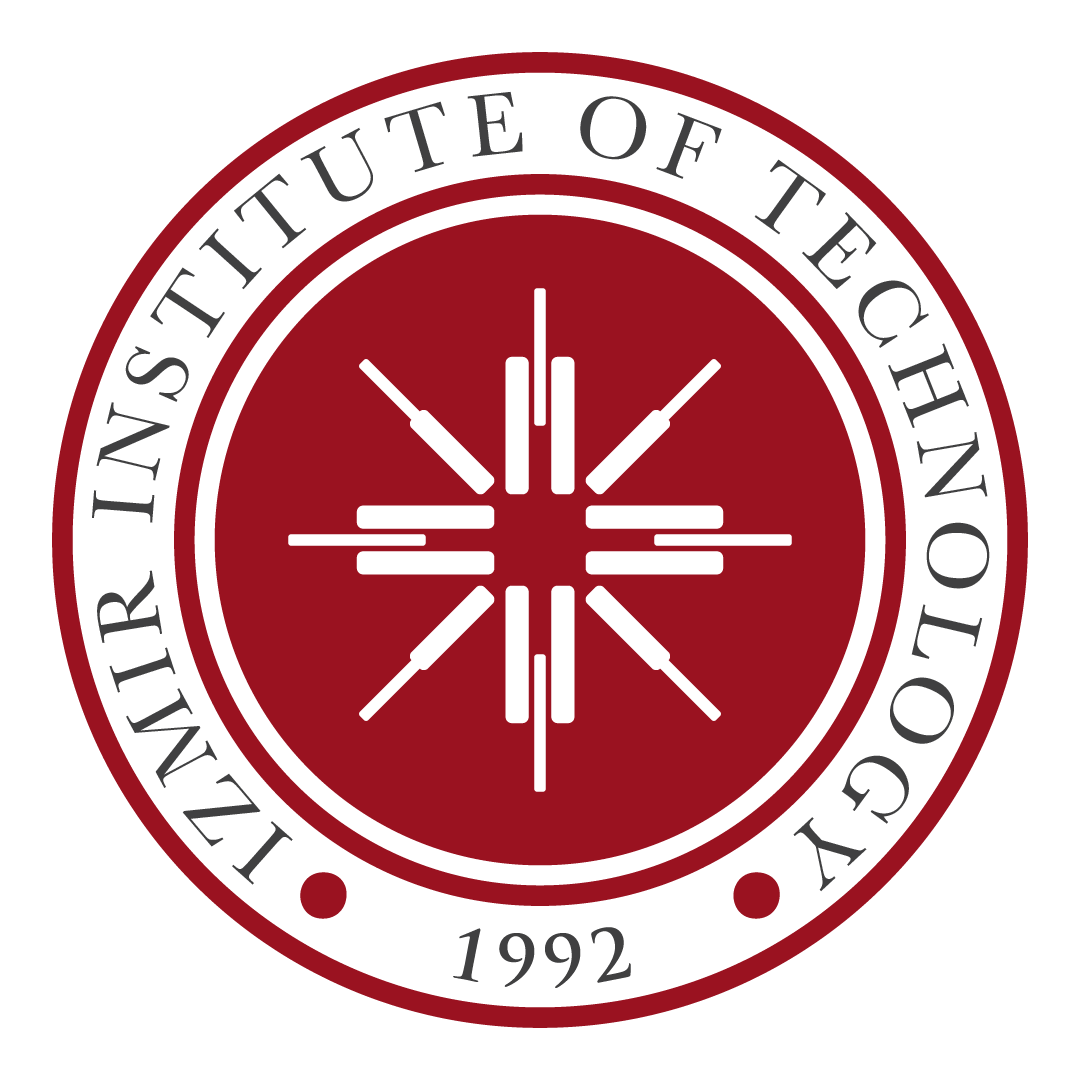SEDS 537
Machine Learning
This course covers advanced topics in machine learning. Possible topics include active learning, reinforcement learning, online learning, non-parametric learning, inductive learning, statistical relational learning, dimensionality reduction, ensemble methods, transfer learning, outlier detection, specific application areas of machine learning, and other relevant and/or emerging topics.
| Week | Topics |
|---|---|
| 1 | Introduction, Definitions of Machine Learning |
| 2 | Bayesian Decision Theory |
| 3 | Supervised Learning Fundamentals |
| 4 | Model Selection Procedures, Tuning Model Complexity |
| 5 | Multivariate Classification, Multivariate Regression |
| 6 | Dimensionality Reduction and Principal Component Analysis |
| 7-8 | Unsupervised Learning |
| 9 | Linear Discriminant Functions |
| 10 | Supervised Learning: Non-parametric approaches |
| 11 | Decision Trees |
| 12-13 | Artificial Neural Networks |
| 14 | Reinforcement Learning |

